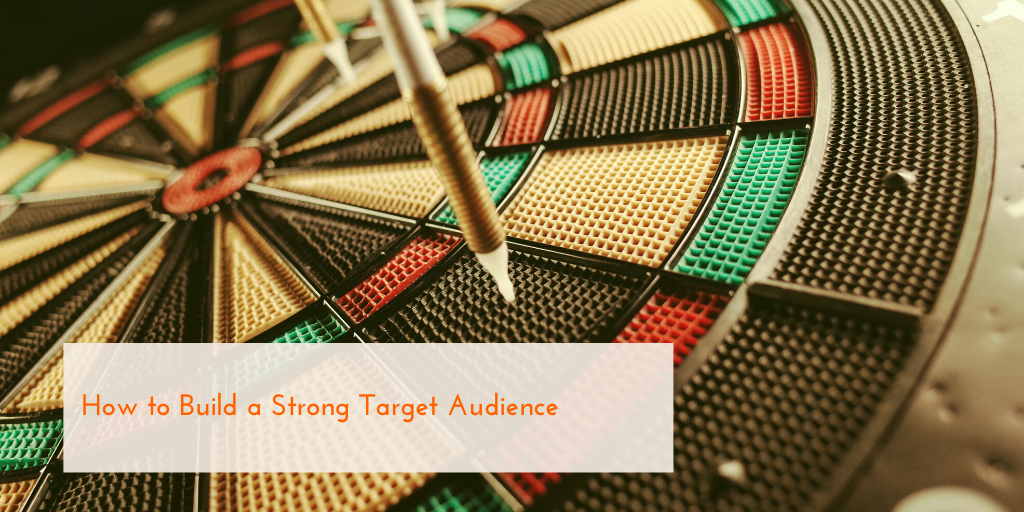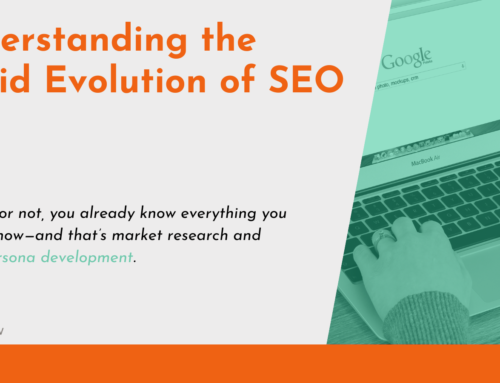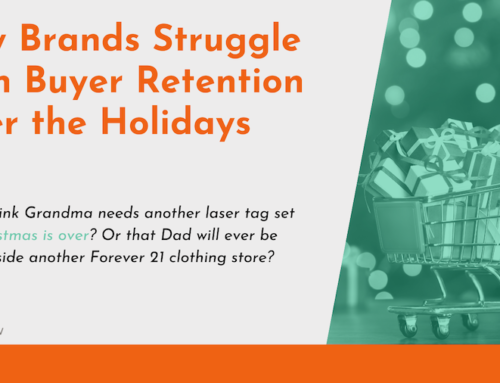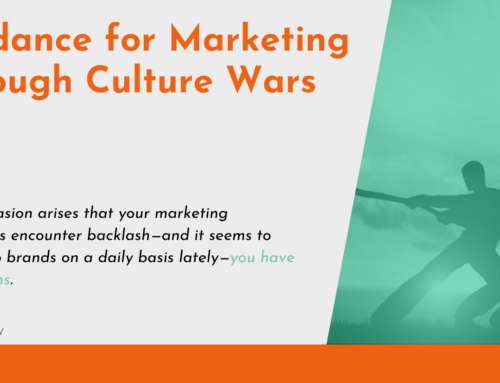
Determining your target audience isn’t as easy as simply naming the demographic you to hope will buy your product. It may seem that easy; after all, you created your company, your products, and your services with that specific type of buyer in mind. The problem is that target audiences can change over time as they age—or as your brand ages. In fact, several factors could contribute to big changes in your target audience.
If you want to build a strong target audience—one sure to make repeat purchases and become loyal customers—and ensure that your audience remains with you throughout the lifetime of your brand, these tips can help.
Create Buyer Personas
It’s not enough to have a general idea of who your ideal customers is. Simply saying, “former military, ages forty to sixty-five,” or “upper-middle-class stay-at-home mom ages twenty-two to forty,” might bring a solid picture of your buyer to mind, but it doesn’t dig deeply enough to help you truly target the right buyers.
In addition to age, gender, and career, you’ll want to know a wide variety of additional characteristics about the target buyer for your brand, including psychographics, such as:
- Geographic locations
- Education levels
- Lifestyle
- Family life
- Income level
- Life events
- Interests and hobbies
The more you know about your target buyer, the better you can tailor your product, your service, your mission, and your marketing to ensure you reach the right market at the right time, every time.
Dig Into the Data
You may have created your brand to serve a specific buyer persona, only to find that a completely different type of buyer is making purchases with unique needs in mind. If left unchecked, this can change the brand without the knowledge or control of the brand creator.
The most visible examples of brand dilution occur in the fashion industry, particularly when a design house grants licenses to department stores and other outlets in order to increase revenue. Because the brand becomes available to a wider audience at more affordable prices, the fashion houses often lose their exclusive status. This type of brand dilution is difficult to overcome.
In less obvious cases, a B2B brand may have created a piece of software to serve a specific need, only to find that buyers have purchased the product for a completely different reason. For instance, an automated marketing software may provide companies with the opportunity to create and monitor robust marketing campaigns, but users have discovered that the built-in CRM is what they really needed from their purchase.
This results in transactional relationships rather than relational, meaning you’ll still enjoy revenue from customers, but those buyers may not feel any sort of loyalty to your brand.
Solidify Your Purpose
If you dig into the data and determine that your target market is very different from your target audience—meaning those buying your product are not a match for your buyer personas—it’s fair to say you may not have a solid grasp on your target audience.
It’s not a reason to panic. In fact, with some exploration, you may find you can expand your target audience to include those buyers who have made purchases in order to continue nurturing them into loyal customers. The key is to really dig into your current products, services, and customers to uncover their real purpose.
- What pain point does my product or service actually solve?
- What do buyers actually find unique about my product or service?
- Are my competitors targeting the same audience, or do they also reach the same market?
- Who are my actual customers right now?
Many brands have expanded their product and service lines to include their target market, creating a wider, loyal target audience. Some examples include Gillette, which expanded from razors to shaving creams and aftercare; Nike (or Adidas, or Reebok, or…), which expanded from shoes to a wide range of apparel; and most fashion houses that release perfumes, cosmetics, and other beauty products.
Solidify Your Target Audience
Now that you have a grasp on what you’re actually selling and who you’re actually selling to, you can solidify that target audience with new buyer personas and expanded brand messaging. With your updated personas and messaging, you’re more likely to create loyal buyers who will return to your brand again and again.
For help identifying and strengthening your target audience, we’re always here to help. Reach out at any time.





